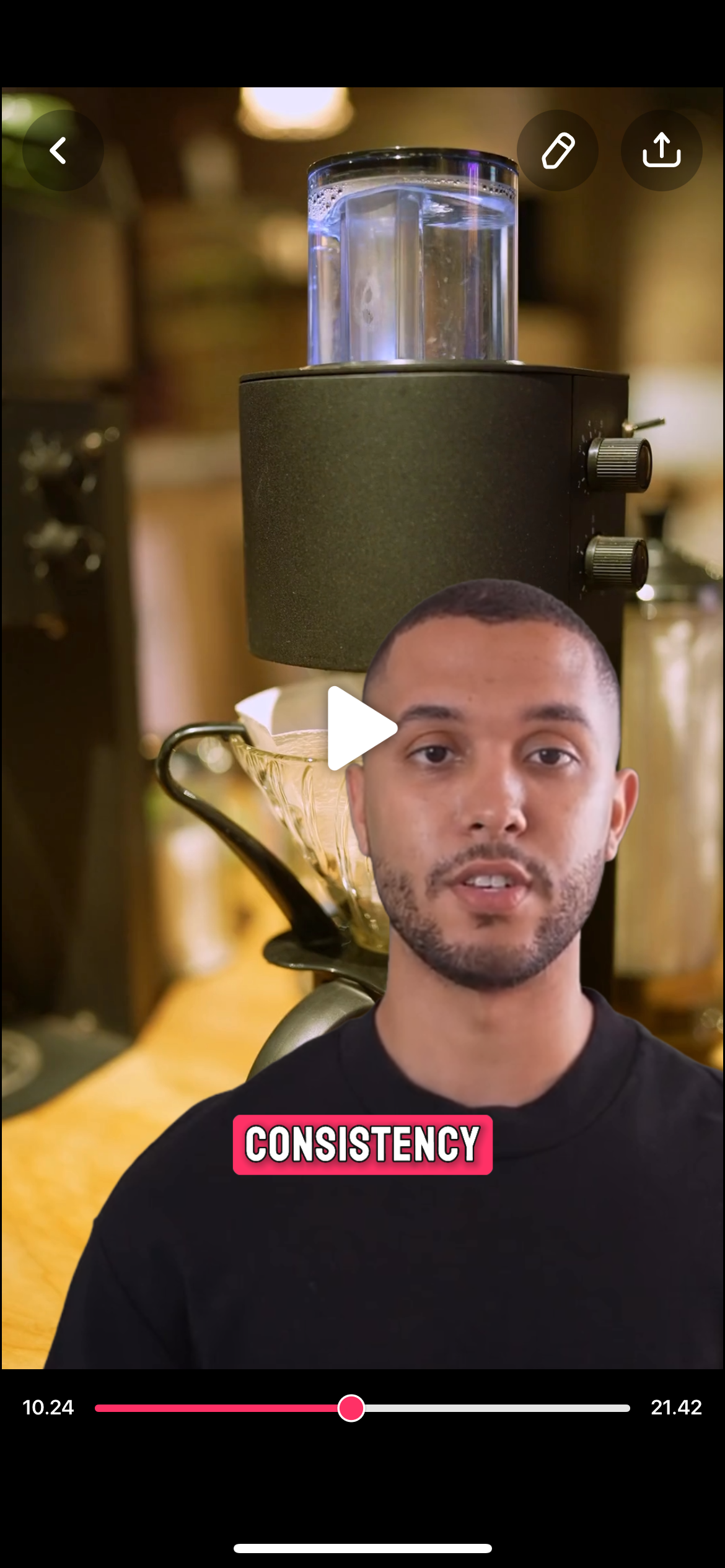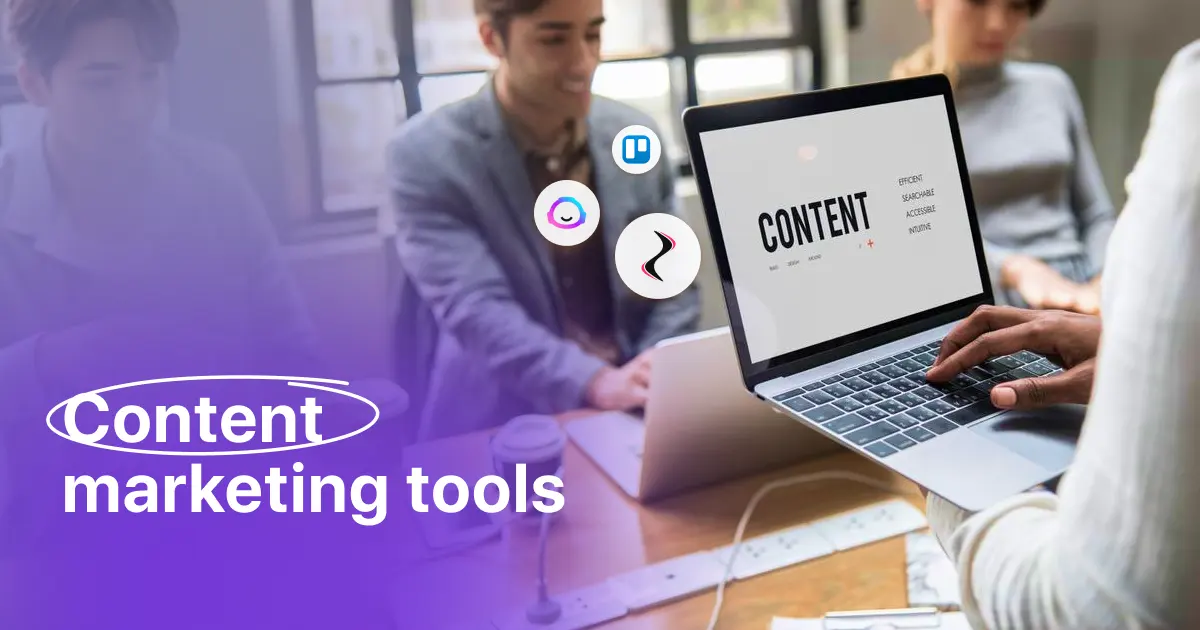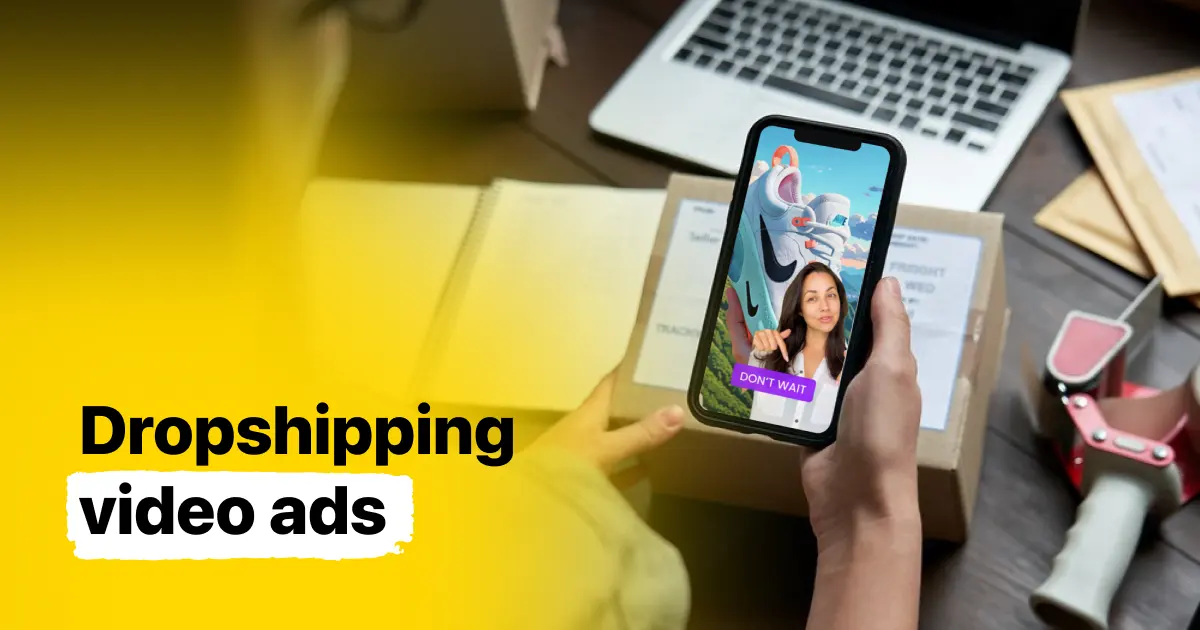Plans built for businesses
Pro + AI
For pro video creation
Advanced + AI
For users who want to generate video ads
*Billed yearly
Compare plans
8 Types of Video Marketing that are Still Relevant in 2024
28 July, 2024
Video marketing continues to be a cornerstone of successful marketing strategies. As we move through 2024, the landscape of video marketing is evolving, yet some foundational types remain highly effective.
These formats not only engage audiences but also drive results, making them indispensable tools for businesses. In this article, we will explore the types of video marketing that are still relevant in 2024, providing definitions, use cases, and examples.
Additionally, we will discuss how AI, specifically Zoomerang AI, can streamline the creation of any type of video marketing content.
Type 1: Explainer Videos
Explainer videos are short, engaging videos that explain a product, service, or concept in a simple and compelling way. They often use a combination of visuals, animations, and voiceovers to break down complex information into easily digestible content.
Use Cases
-
Product Launches: Introduce new products by highlighting their features and benefits.
-
Service Explanations: Explain how a service works to potential customers.
-
Educational Content: Teach audiences about industry-specific concepts or topics.
Examples
-
Dropbox: Their classic explainer video helped them gain significant traction by clearly explaining the value of cloud storage.
-
HubSpot: Uses explainer videos to demystify complex marketing concepts, making them accessible to a broader audience.
Type 2: Testimonial Videos
Testimonial videos feature real customers sharing their positive experiences with a product or service. These videos build credibility and trust by showcasing authentic stories and endorsements.
Use Cases
-
Building Trust: Use testimonials to establish trust with new customers.
-
Highlighting Success Stories: Share customer success stories to demonstrate the effectiveness of your offerings.
-
Social Proof: Provide evidence of customer satisfaction to influence potential buyers.
Examples
-
Zendesk: Features customers explaining how Zendesk has improved their customer service operations.
-
Salesforce: Showcases client testimonials to highlight the transformative impact of their CRM solutions.
Type 3: Tutorial Videos
Tutorial videos provide step-by-step instructions on how to use a product or complete a task. They are educational and aim to help users achieve specific goals.
Use Cases
-
Product Onboarding: Guide new users through the initial setup and use of a product.
-
Skill Development: Teach users new skills related to your industry or products.
-
Customer Support: Offer troubleshooting guides to help users solve common issues.
Examples
-
Apple: Regularly publishes tutorial videos to help users make the most of their devices.
-
Adobe: Provides detailed tutorials on how to use their creative software suite.
Type 4: Live Streaming
Live streaming involves broadcasting live video content in real time. This type of video marketing allows for real-time interaction with viewers, creating a dynamic and engaging experience.
Use Cases
-
Product Launches: Announce and demonstrate new products live to a global audience.
-
Q&A Sessions: Engage directly with your audience by answering their questions in real time.
-
Event Coverage: Stream live events, such as conferences or workshops, to reach a wider audience.
Examples
-
Twitch: Popular among gamers, Twitch streams live gameplay, creating a community around shared interests.
-
Facebook Live: Businesses use Facebook Live for product demos, live events, and interactive Q&A sessions.
Type 5: Animated Videos
Animated videos use graphics and animations to convey messages in an engaging and visually appealing way. They are particularly useful for simplifying complex ideas and making them more relatable.
Use Cases
-
Brand Storytelling: Use animations to tell your brand's story in a creative way.
-
Educational Content: Simplify complex concepts with engaging animations.
-
Product Demos: Demonstrate how a product works through animated visuals.
Examples
-
Slack: Uses animated videos to explain how their platform improves team collaboration.
-
Chipotle: Created an animated video to highlight their commitment to sustainability and ethical sourcing.
Type 6: Vlogs (Video Blogs)
Vlogs are video blogs where individuals or businesses share regular updates, insights, or behind-the-scenes content. They are personal and informal, fostering a closer connection with the audience.
Use Cases
-
Personal Branding: Individuals use vlogs to build their personal brand and share their expertise.
-
Company Culture: Businesses use vlogs to showcase their company culture and behind-the-scenes activities.
-
Regular Updates: Provide ongoing updates about industry trends, company news, or product developments.
Examples
-
Mai Pham: Uses vlogs to share her daily life, beauty tips and business insights, building a strong personal brand.
-
Google: Shares behind-the-scenes looks at their offices and events through vlogs.
Type 7: Social Media Stories
Social media stories are short, ephemeral videos that disappear after 24 hours. Platforms like Instagram, Facebook, and Snapchat popularized this format, which is perfect for sharing quick updates and engaging with audiences in a casual manner.
Use Cases
-
Real-Time Updates: Share timely updates and news with your audience.
-
Promotions: Run limited-time promotions and offers.
-
Engagement: Use interactive features like polls and Q&A to engage with your audience.
Examples
-
Nike: Uses Instagram Stories to showcase new products, athlete endorsements, and behind-the-scenes content.
-
Sephora: Engages with their audience through beauty tips, product launches, and interactive Q&A sessions on Stories.
Type 8: User-Generated Content (UGC) Videos
User-generated content videos are created by customers or fans of a brand. These videos can include reviews, unboxings, and demonstrations, providing authentic and relatable content.
Use Cases
-
Brand Advocacy: Encourage customers to share their experiences with your products.
-
Community Building: Foster a sense of community by showcasing user-generated content.
-
Social Proof: Leverage the authenticity of UGC to build trust and credibility.
Examples
-
GoPro: Promotes user-generated content by sharing videos created by their customers using GoPro cameras.
-
Starbucks: Encourages customers to share their Starbucks moments, which are then featured on their social media channels.
How to Make Any Type of Video Marketing Content with AI
Creating high-quality video content can be time-consuming and resource-intensive. However, with advancements in AI technology, tools like Zoomerang AI have made video production more accessible and efficient.
Zoomerang AI: Features and Steps

Zoomerang AI simplifies the video creation process, making it easy to produce professional-looking content quickly. Here’s how you can use Zoomerang AI to create any type of video marketing content:
- Describe the Video: Start by describing the type of video you want to create. Whether it’s an explainer video, testimonial, or tutorial, Zoomerang AI can handle it.

- Generate a Script: Based on your description, Zoomerang AI generates a script tailored to your needs.

- Choose Visuals: Select from a variety of mood boards and visual styles to guide the AI in creating the video’s visuals.

-
Edit Preferences: Share your editing preferences with the AI to ensure the final product meets your standards.
-
Receive the Video: In minutes, Zoomerang AI delivers a polished, attention-grabbing video ready for publication.


Examples
-
Social Media Ads: Quickly create engaging ads for platforms like Instagram and TikTok.
-
Reels and TikTok Videos: Produce short, trendy videos that resonate with your audience.
-
Educational Content: Generate comprehensive tutorial videos without the hassle of manual editing.
Conclusion
As we navigate through 2024, various types of video marketing continue to prove their relevance and effectiveness. From explainer videos and testimonials to live streaming and user-generated content, these formats offer unique ways to engage and convert audiences.
The advancements in AI, particularly with tools like Zoomerang AI, have made video production more efficient and accessible, allowing businesses to leverage these powerful marketing tools with ease.
Embracing these video marketing types and leveraging AI technology can help businesses stay ahead of the curve, connect with their audiences more deeply, and drive sustainable growth. In the ever-evolving digital landscape, the types of video marketing that remain relevant are those that adapt and innovate, providing value and engagement at every step.








